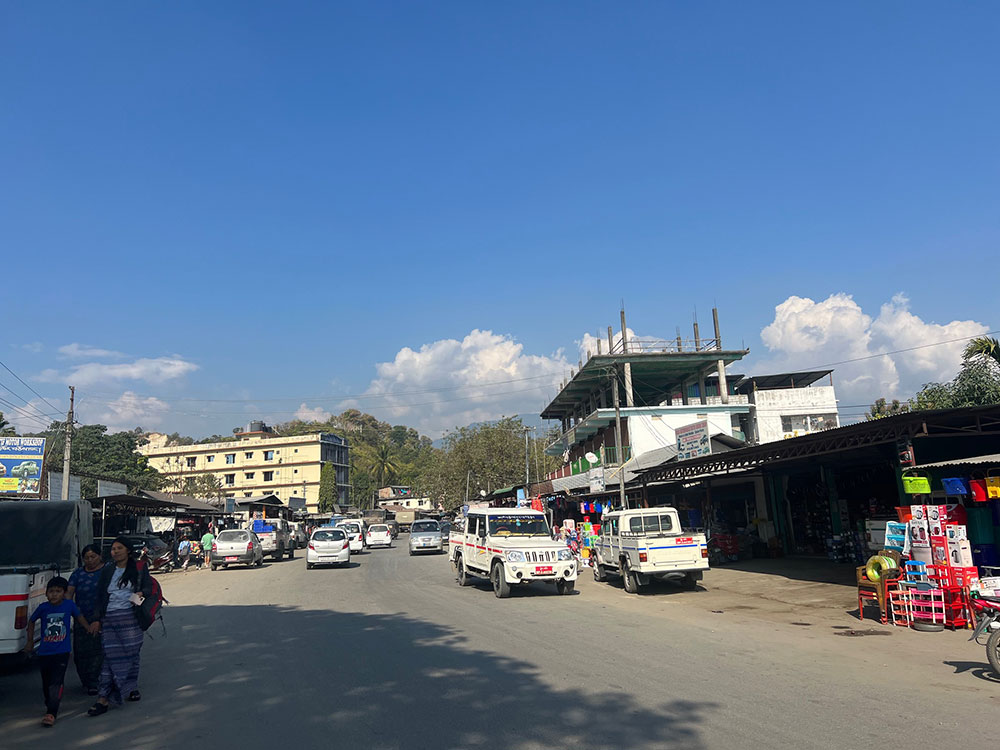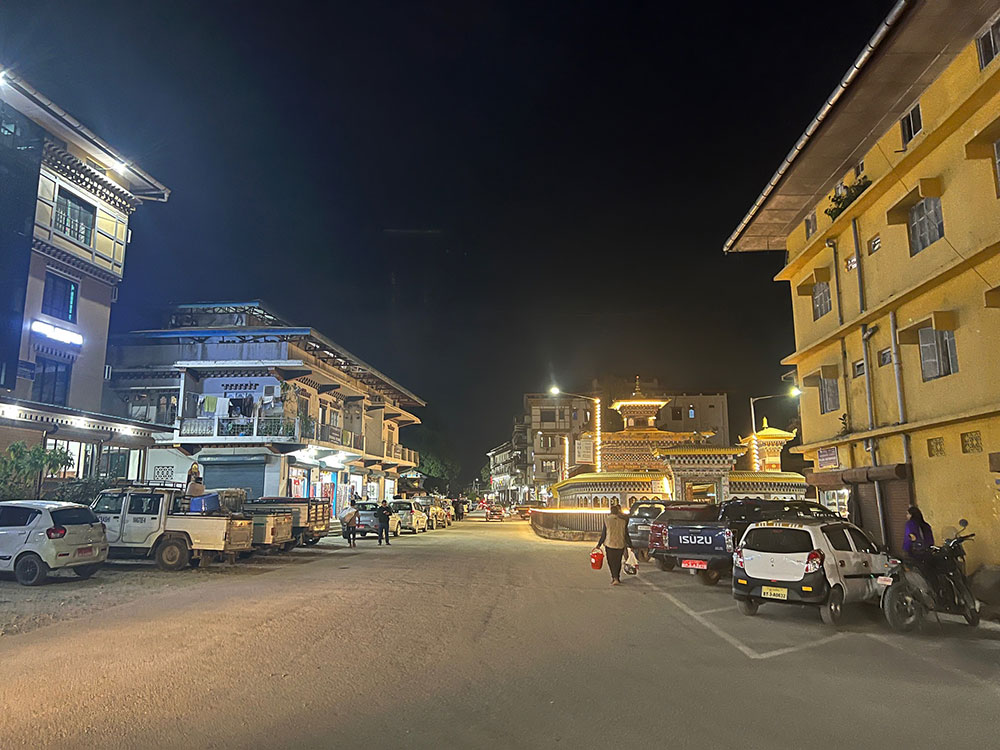Despite border reopening, SJ is no more the business hub for east
With buses, cars, pickup trucks and hundreds of people thronging the Samdrupjongkhar town for a few days before and after the recent elections, the hustle and bustle evoked a sense of déjà vu for residents and business owners.
Once a thriving town and the business hub of eastern Bhutan, Samdrupjongkhar has not recovered from the Covid-19 pandemic impact on its business and socio-economic landscape. The wears a deserted look with only a few cars lining the streets and a noticeable absence of customers even during busy business hours.
Despite borders reopening to all travelers in September 2022, business has not picked up as expected. A garment merchant, busy on his phone, in the core town laments the scarcity of customers. He said that on a good day, he would earn around Nu 4,000.

Most residents go across the border for shopping and repairs
The plight extends beyond retailers to hoteliers. The decline in visitors has hit budget hotels hard, leading to decrease occupancy rates. A restaurant owner is mulling closing her business and relocating to areas with more economic activities if the situation does not improve soon. A hotelier said his hotel is empty most of the time.
A recent visitor from Thimphu expressed shock at the transformation of Samdrupjongkhar, formerly known as Kothi, into what he describes as a “ghost town.” The town, once teeming with agricultural trade, particularly during this time of the year, has lost its former vibrancy.
Seeking solutions
Residents attribute the decline in Samdrupjongkhar’s economy to various factors, emphasising the need for a comprehensive government policy. They suggest allowing entry of casual visitors from across the border until Dewathang, also known as Diwangiri, the establishment of separate entry and exit gates for vehicles and pedestrians, and encouraging locals to shop in the town.
The existing integrated check post (ICP) at the Indo-Bhutan border, with its single entry and exit point, is highlighted as a bottleneck. Residents complain about the lengthy verification and registration process, deterring casual visitors and regional tourists.
To enhance the town’s appeal, residents call on dzongkhag and thromde authorities to upgrade the main gate, proposing a pedestrian terminal, customs clearance office, dry port, and parking space.
Officials from the dzongkhag and thromde acknowledge the need for a new ICP, revealing that conceptual designs are almost ready. Samdrupjongkhar dzongdag Tashi Wangmo said that the working core group involving dzongkhag and thromde officials is finalising the detailed architectural and structural designs to be submitted to the government along with the estimated cost for approval. “We expect to complete the task this month,” she said.
According to Thrompon Thinley Namgay, the ICP will have a separate passage for vehicles and tourists/pedestrians, each with a 15-meter width. “The ICP will be equipped with modern service amenities, including a separate parking and dry port,” he said.
However, limited space at the existing main gate is the challenge. Suggestions from both business entities and residents to relocate the space occupied by DANTAK near the main gate are met with mixed reactions, emphasising the necessity for bold decisions to materialise the proposed ICP.
“We will have enough space to cater to proposed services along with the ICP for the users if the thromde or dzongkhag authorities pursue the relocation of DANTAK, fuel station and a portion of RBP’s colony located along the main gate,” a hotelier said.
Regarding regional tourists and casual visitors, the proposal is to retain the existing check post at Pinchina or Charkilo along the Samdrupjongkhar-Trashigang highway, with an immigration office set up in Dewathang. Concerns about security issues have also been raised and forwarded to the previous government for assessment, according to Thrompon.
Local shopping preferences across the border contribute to the decline in Samdrupjongkhar’s businesses, with a significant number of Bhutanese commuting daily for cheaper prices. The irony is that, according to residents, the other side of the border town is thriving.
Additionally, the Gyalpoizhing-Nganglam highway diverted retailers in five eastern dzongkhags to Phuentsholing for goods, further affecting businesses in Samdrupjongkhar.
Amid these challenges, there are around 400 trade license holders in and around Samdrupjongkhar and another 400 in Dewathang, underscoring the complex economic landscape facing the town.
Contributed by
Rinzin Wangchuk


